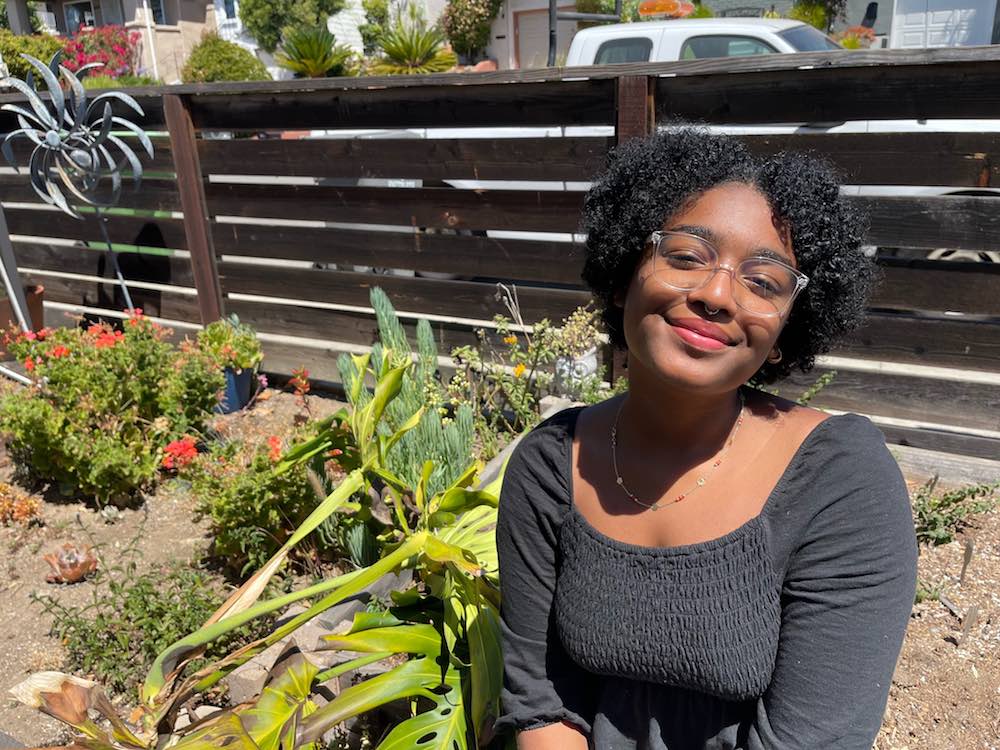After spending my first year of college remotely, I’ll be attending school in person this fall. Last year, I had to take initiative to meet people virtually at my school. And as a Black person attending a predominantly white institution, I had to extend myself even further to surround myself with people of color. So when I was voted into my school’s Black Student Union board, I was ecstatic that my attempt to find community worked.
My perspective started shifting when I connected with the previous BSU president. Several aspects of her experience struck me. She had worked with the university president to advocate for a more inclusive environment. She fostered a safe space for Black people on campus. She led and organized protests. And while her work is powerful, I know that based on past experiences I can’t handle that.
In high school, activism became my whole world. When I led Oakland student-teacher walkouts with my friends, I felt like the only way I could do anyone justice would be to sacrifice my own wellbeing. By the end of the protests, I experienced some of the most intense burnout of my life.
As people of color, we take on an additional burden of “fixing” institutions. We don’t have the luxury or time to be ordinary students because we often need to push back in order to be seen.
This issue isn’t isolated to my university. Students of color across the United States have to navigate a society that’s designed to impede their success, while attending educational institutions that are founded on their oppression.
As I prepare to start my life on campus, I’m realizing that it’s not my job to change the school, nor is it the job of any other student of color. It’s my job to find my interests, meet people I enjoy being around, and advocate for causes that I care deeply about. The school’s responsibility to become a more inclusive space should not be solely placed on the shoulders of students of color.
